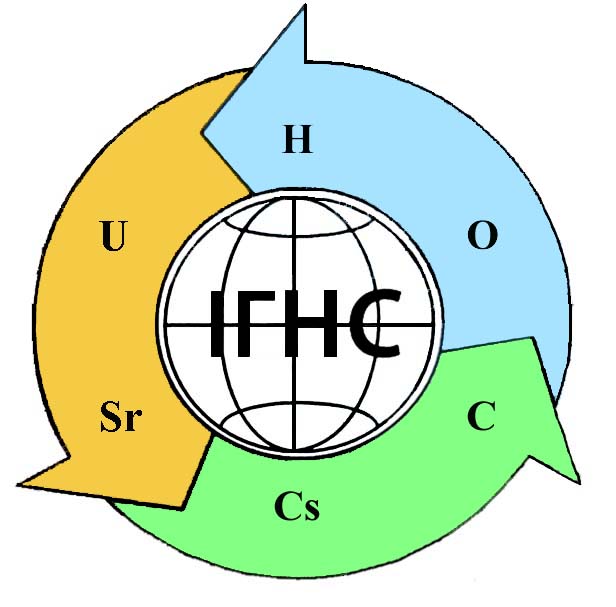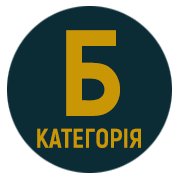ABOUT ACCUMULATION OF WASTE OF MINING AND MINERAL PROCECING IN QUARRIES
DOI:
https://doi.org/10.32782/geotech2022.35.22Keywords:
quarrying waste, tailings, quarry, tailings pond, dry storage of tails, dehydrationAbstract
The XX century has put forward its special requirements for the mining industry, which are related to energy and resource conservation. Traditional technologies for the extraction and enrichment of minerals are hostile to the environment and the people who created this technology. Millions of cubic meters of polluted gases and water, dumps of waste rocks, sludge storages, voids, landscape disturbances - all these are negative consequences of ore mining and processin. Huge quarry pits and high dams of overcrowded tailings, along with explosions in quarries and mines, would cause threatening catastrophic consequences if a trigger for their interaction is launched. In the paper, a conceptual point of view on the possible development of production is presented on the example of iron ore mining and processing plants. Compatible intra-quarry dumping of overburden rocks with dry or significantly dehydrated beneficiation wastes has been proposed. At the same time, the tailings of the beneficiation, overburden and host rocks are deposited in layers in the quarries and ensure filling the voids between the pieces of overburden and host rocks. Significantly dehydrated enrichment waste is proposed to be obtained by thickening on shelf thickeners, followed by filtration on press filters. Dry tails can be obtained by switching from concentrators to the method of dry (anhydrous) grinding and enrichment of iron ore, which involves designing of a short one-stage technological scheme of grinding and enrichment of ferrous quartzites. The proposed technologies will significantly reduce electricity consumption, ensure the safe operation of tailing dumps, which will no longer be complex hydraulic structures. This will help to prevent pollution of water and surrounding areas, as well as the alienation of land.
References
Drizhenko, A.Yu., Kuzenko, H.V. (2007), Sovershenstvovanie tehnologii vyiemki i otvaloobrazovanie porod vskryishi pri razrabotke gruppyi zhelezorudnyih karerov, Visnyk Kryvorizkoho tekhnichnoho universytetu, 18: 3-7.
Hubin, H.V., Golyarchuk, N.I. (2011), Problemyi tehnogennoy bezopasnosti v gornodobyivayuschih regionah, Gornaya promyishlennost, Spetsialnyiy vyipusk: 50-54.
Hurin, A.A., Hubin, H.H., Belik, V.V. (2004), Tehnologiya vnutrifabrichnogo vodooborota s intensifikatsiey sguscheniya vozdeystviem postoyannogo elektricheskogo toka, Razrabotka. rudnyih mestorozhdeniy, 87: 57-59.
Holovan’, V.I., Hubin, H.V. (2014), Korotkaya tekhnologicheskaya skhema obogashcheniya magnetitovykh rud. obespechivayushchaya vysokuyu energoeffektivnost' pri proizvodstve kontsentrata, Zbahachennya korysnykh kopalyn, 58(99) –59(100): 60-70.
Kovalchuk, V.A. (1999), Ispolzovanie deystvuyuschih otvalov dlya zahoroneniya othodov s posleduyuschey ih rekultivatsiey, Razrabotka rudnyih
mestorozhdeniy, 68: 3-6.
Migutskiy, L.R., Gorbunov, E.V., Andriyuts, H.L. (1972), Novaya tehnologiya skladirovaniya shlamov mokrogo obogascheniya, Byulleten institutata Chermetinformatsiya, 4: 13-16.
Pisarev, A.M., Vovk, N.E. (1976), Obezvozhivanie hvostov Pervomayskogo zhelezorudnogo kombinata, Obogaschenie rud chernyih metallov, 5: 134-138.
Shapar, A.H. (2011), Problemy razrabotki mestorozhdeniy poleznykh iskopayemykh na bol'shikh glubinakh na latinit, Kombinirovannyie tehnologii razrabotki mestorozhdeniy glubokimi karerami i shahtami: 104-120.
Hubin, H.H., Holyarchuk, M.H., Hubina, V.H., Korolenko, M.K., Hubin, H.V., Kryvenko, Yu.Yu. (2022), Sposib vydobutku korysnykh kopalyn ta skladuvannya vidkhodiv ikh pererobky: patent 150578 Ukraine: E21F 13/00; E21S 41/26 (2006.01) No. a 2021 05835; zayavl. 18.10.2021; opubl. 02.03.2022; Bul. No. 9, 4 s.
Vovk, N.E. (1977), Oborotnoe vodosnabzhenie i podgotovka hvostov k skladirovaniyu, Moscow.









